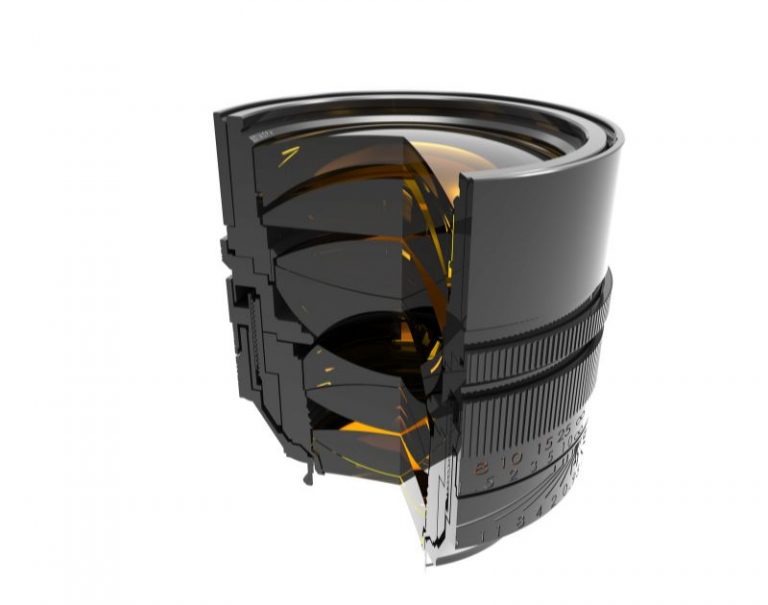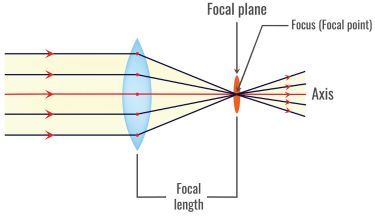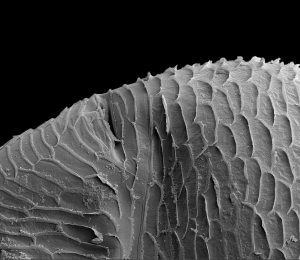Key Takeaways
- Understanding the optical characteristics of lenses—focal length, aperture, maximum aperture, depth of field, and lens quality—is essential for photographers to enhance image quality and optimize optical equipment functionality.
- Focal length determines perspective, aperture controls light intake, and depth of field adjusts focus, enabling precise adjustments for optimal image capture across diverse settings.
Exploring the Essential Optical Characteristics of Lenses
The characteristics of lenses can determine the quality of the photos taken and the operational capability of optical equipment in various industries. With the right combination of lenses and settings, you can get the best view of your subject.
In this article, we will expound on what are the 4 major optical characteristics of lenses and their uses in different fields of study.

Major Optical Characteristics of Lenses
We are here to discuss in depth what are the elements of the lens and their implications in the images produced.
1. Focal Length
The focal length is the distance between the optical center of the lens to the image sensor where the image will be created. It is expressed in millimeters (mm) which you can see indicated on camera lenses.

There are two categories of lenses: Prime Lenses and Zoom Lenses.
1.Prime Lenses – A prime lens has a fixed focal length. This means that each focal length is specially made for certain types of photography. You would have to switch lenses with different focal lengths when taking photos of food versus a photo of a building, for example.
2. Zoom Lenses – A zoom lens has a variable focal length, meaning you can adjust the lens elements to achieve various focal lengths. With a simple twist of the zoom optics, you can shorten or lengthen the focal point.
This is how to calculate zoom on the lens: Focal length 50 = magnification
Example: 400mm 50 = 8 times magnification or zoom
The zoom lens design gives photographers more flexibility. It enables you to zoom in and enlarge a small subject or zoom out to capture a panoramic view in the frame. Because of its variable capability in composing shots, this type of lens can be used for any type of photography. Of course, such a flexible device comes at a higher cost.
Depending on the type of view you want to see, you can choose from a wide range of focal lengths to better capture images. A short focal length gives you a wider angle of view. While a long focal length provides a narrower angle of view.
- Microscopic Lens (Short Focal Length)
- 2mm to 40mm
- Observing microscopic subjects
- Extreme Wide Angle Lens or Fish Eye Lens (Very Short Focal Length)
- Less than 16mm
- Capturing sports activities in first-person perspective
- Wide Angle Lens (Short Focal Length)
- 24mm to 35mm
- Panorama and landscape photography
- Macro Lens (Medium Focal Length)
- 40mm to 60mm (best focal length)
- Enlarging small subjects
- Standard Lens (Normal Focal Length)
- 35mm to 85mm
- Portrait and food photography
- Telephoto Lens (Long Focal Length)
- 85mm and above
- Sports and astrophotography
2. Aperture
The diaphragm or the opening which allows light to pass through to the camera lens is called the aperture. The lens’ aperture determines how much light hits the imaging sensor. The more light goes in, the higher the exposure you get, which, in turn, will produce sharper images.
This characteristic is shown as f-number or f-stop in photography. The lower the number, the bigger the aperture is. This means that an aperture of f/2 has a larger opening and will let in more light than an aperture of f/8.
Cameras have adjustable aperture settings. The wider the aperture, the more light enters the lens. The more light there is, the brighter and more detailed your images will be. A bright and colorful register is perfect for industries that need detailed imaging.

3. Maximum Aperture
The maximum aperture is simply limited to how wide an aperture can open. This is always included in the name of the lenses (i.e. EF 85mm F1.2L II USM) and is marked on the lens itself.
A larger aperture is great for night photography and surveillance cameras. It allows as much light to pass through to the lens, producing sharper images even in poor lighting conditions.
A wider aperture is more complex and is, therefore, more expensive than lenses with a narrower maximum aperture.
4. Depth of Field
A camera’s aperture determines the depth of field in an image. This is characteristic of an image that shows the distance between an object in the foreground and the objects behind it. An image with a sharp object in front and a slightly blurry background gives us the impression that there is a distance between them.
A wider aperture (smaller f-stop number) creates a more dramatic effect on the depth of field, sharpening the subject in focus while blurring out everything in the back. Having a small amount of focus in the frame is called a shallow depth of field. This is often used in portrait photography to put focus on the person and create some vibes with a soft background.
A smaller aperture (larger f-stop number) creates less distance between the object in front and its background, creating an image with almost all elements in focus. This sharpness of objects throughout the frame is called a deep depth of field. This is perfect for when you want to capture every detail in the frame.
Lenses Quality for Superior Image Results
We elaborated on the major lens characteristics and their uses. So, to achieve visual acuity, you would have to choose the correct type of lens and tweak the lens settings just right.
Keep in mind that a high-quality lens will always produce better images. Cheap lenses are often riddled with spherical aberration, which leads to refractive errors, thus producing images of poor quality. For maximum optical performance, always choose the best optical quality.
GREAT ARTICLE!
Share this article to gain insights from your connections!




